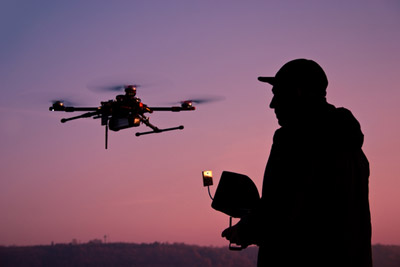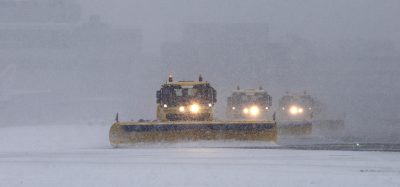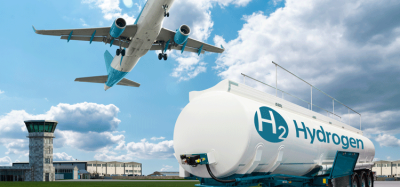Task force created to as assess the risk of collision between drones and aircraft
- Like
- Digg
- Del
- Tumblr
- VKontakte
- Buffer
- Love This
- Odnoklassniki
- Meneame
- Blogger
- Amazon
- Yahoo Mail
- Gmail
- AOL
- Newsvine
- HackerNews
- Evernote
- MySpace
- Mail.ru
- Viadeo
- Line
- Comments
- Yummly
- SMS
- Viber
- Telegram
- Subscribe
- Skype
- Facebook Messenger
- Kakao
- LiveJournal
- Yammer
- Edgar
- Fintel
- Mix
- Instapaper
- Copy Link
Posted: 5 May 2016 | Katie Sadler, Digital Content Producer, International Airport Review | No comments yet
The European Aviation Safety Agency (EASA) has announced it will establish a task force to assess the risk of collision between drones and aircraft.


The European Aviation Safety Agency (EASA) has announced it will establish a task force to assess the risk of collision between drones and aircraft.


EASA will chair the task force which will include representatives of aircraft and engine manufacturers. The task force will consult the European member states and other relevant stakeholders as well as foreign authorities. At the end of July, it will publish its results and will organise a workshop with stakeholders to present and discuss its findings and recommendations.
EASA will chair the task force and present recommendations and findings
The task force will:
- Review all relevant occurrences including the occurrences collected by the European Member States,
- Analyse the existing studies on the subject of impact between drones and aircraft,
- Study the vulnerabilities of aircraft (windshields, engines, and airframe) taking into account the different categories of aircraft (large aeroplanes, general aviation, and helicopters) and their associated design and operational requirements,
- Consider the possibility to do further research and perform actual tests (for example on windshields).
EASA regulatory framework for the safe operation of drones in Europe
The regulatory framework for the safe operations of drones in Europe currently being developed by EASA already addresses the issue of collision between drones and aeroplanes. A combination of measures are envisaged such as: operate in visual line of sight, fly under 150 m height above ground, be equipped with identification and geo-limitation functions and be registered. Any operation of drones close to aerodromes would require a specific authorisation from the national aviation authority based on a risk assessment.

















